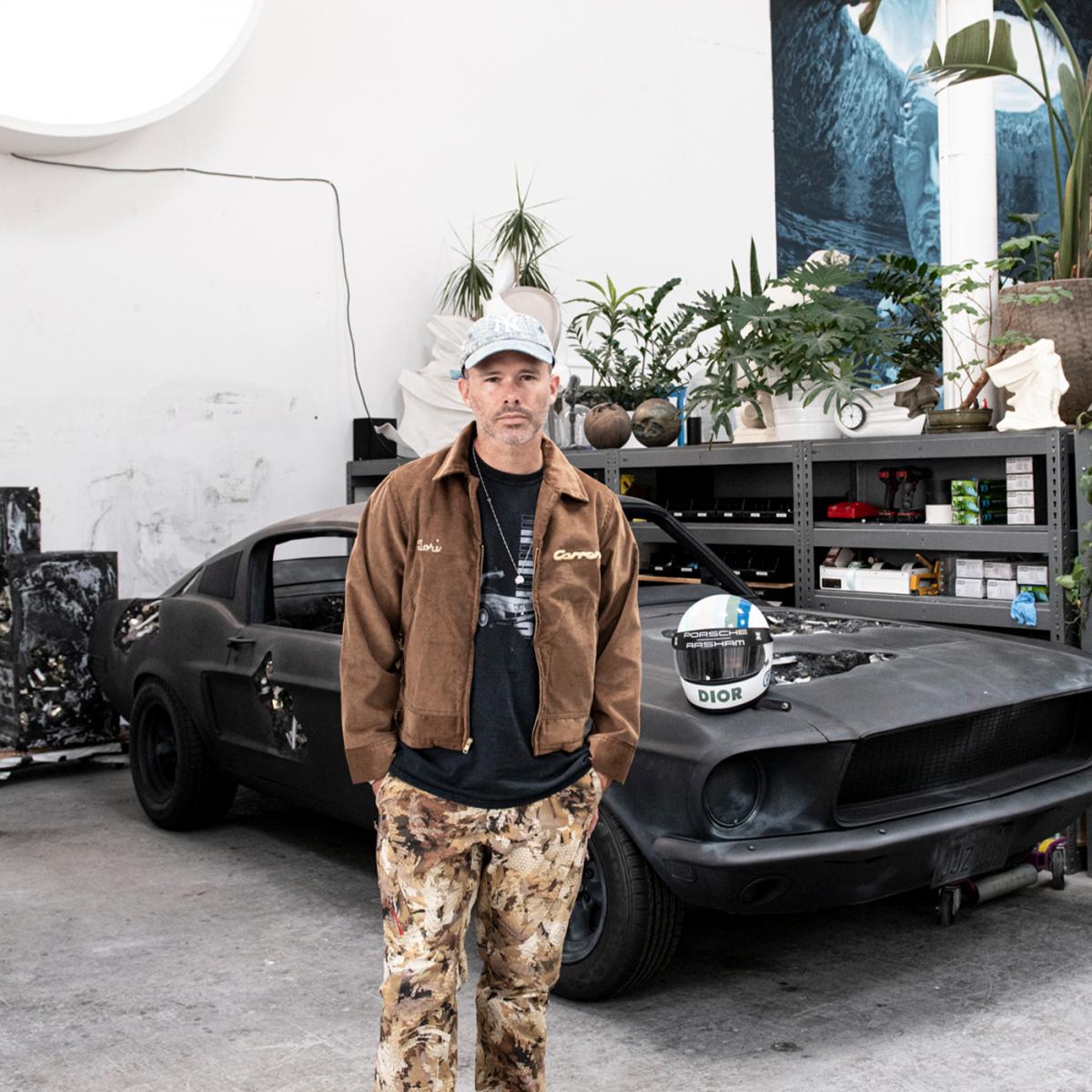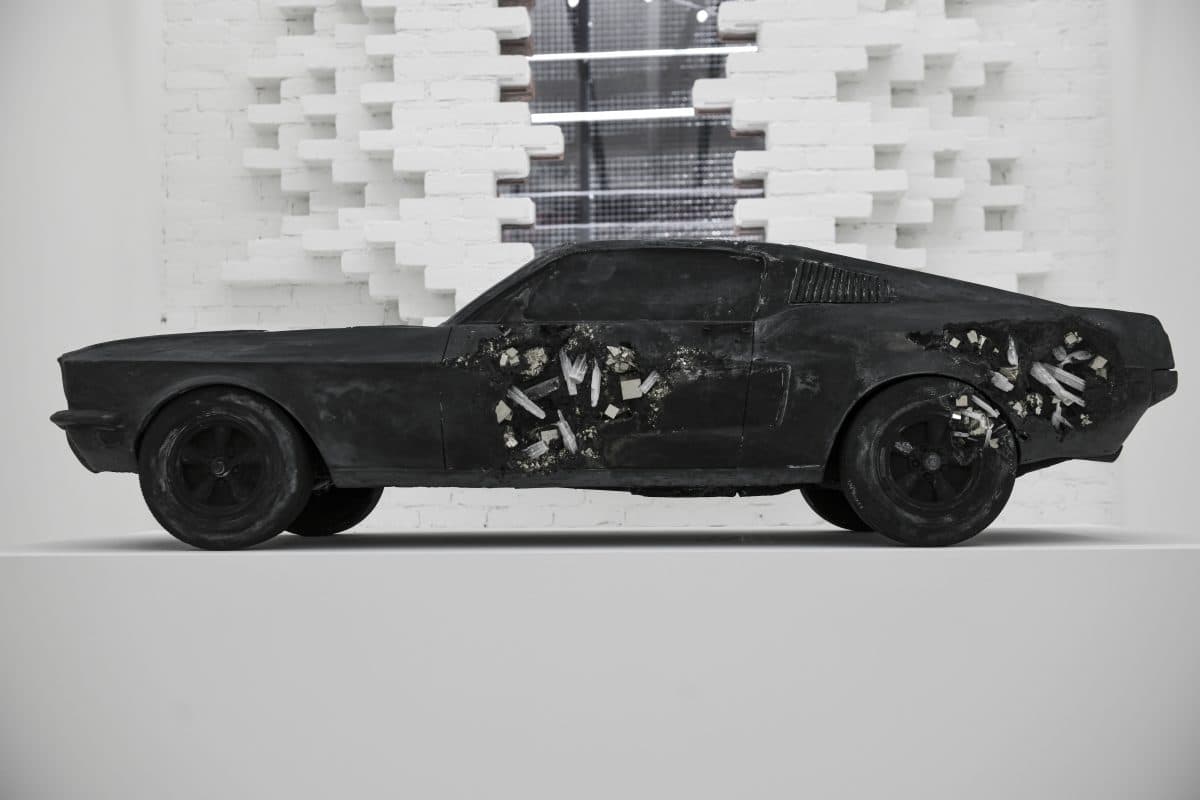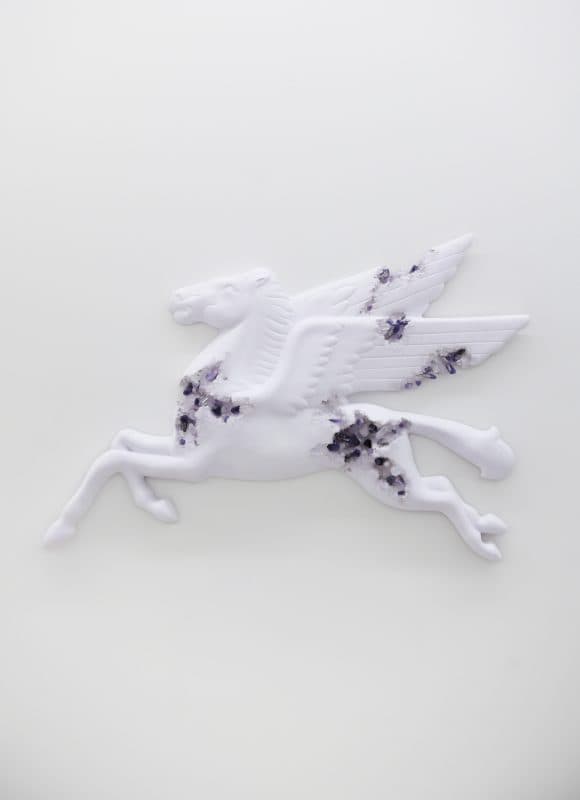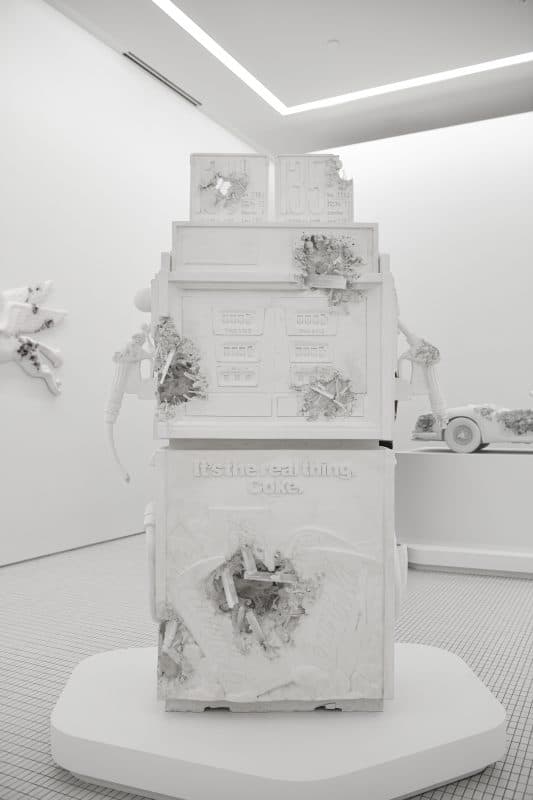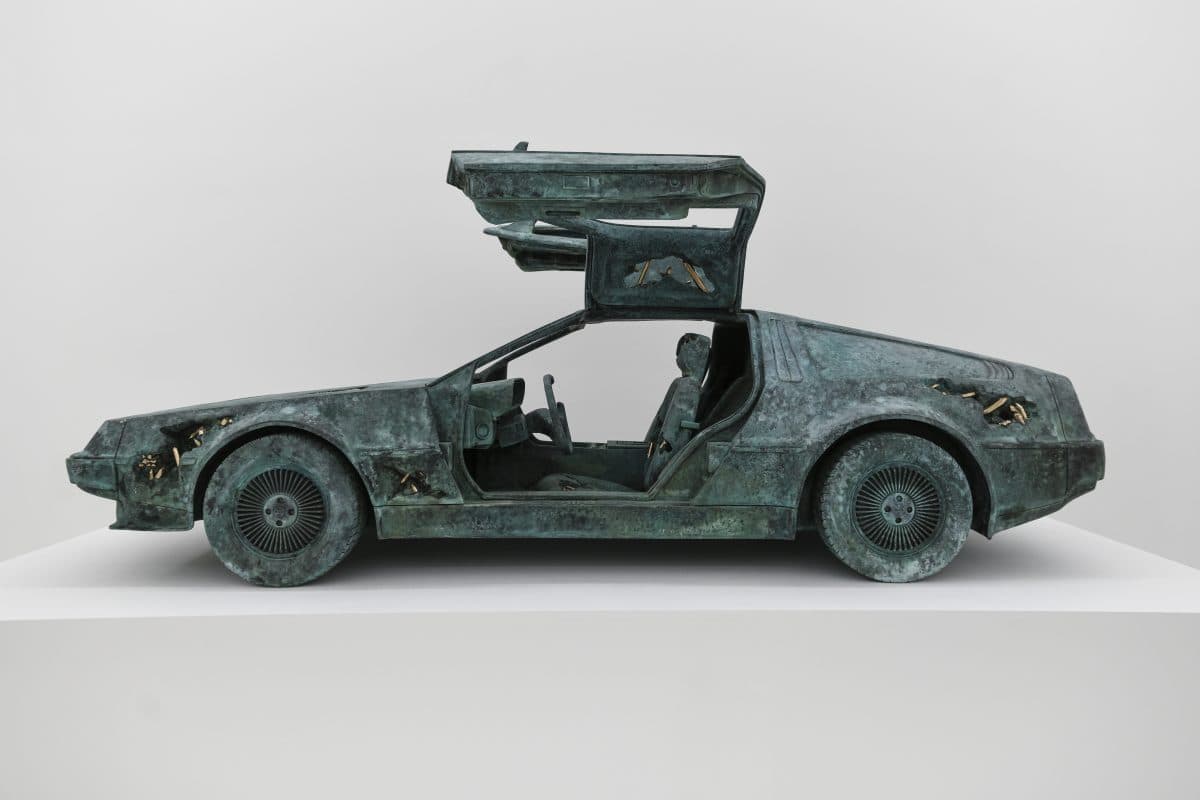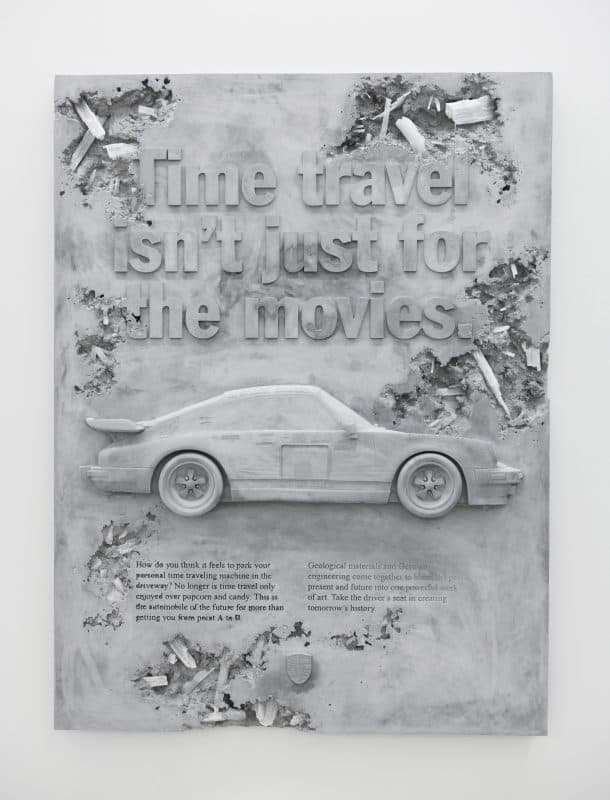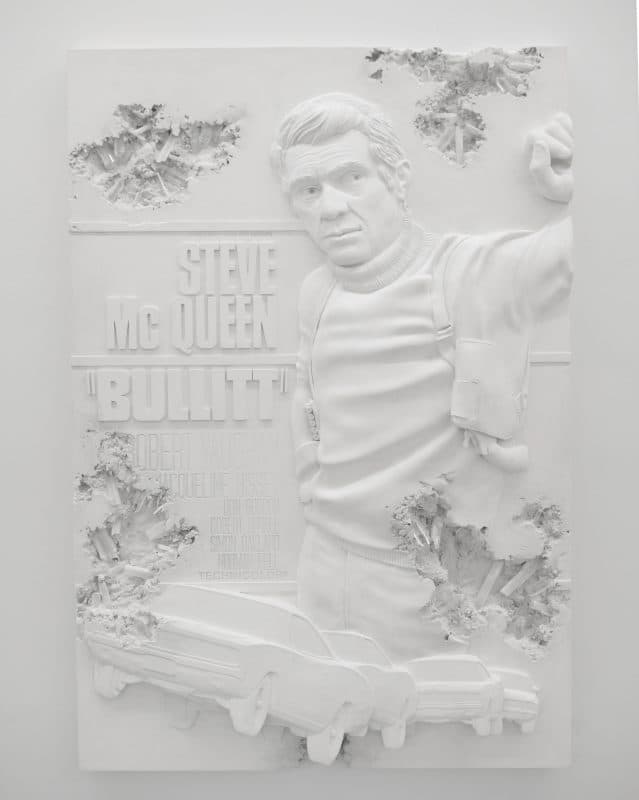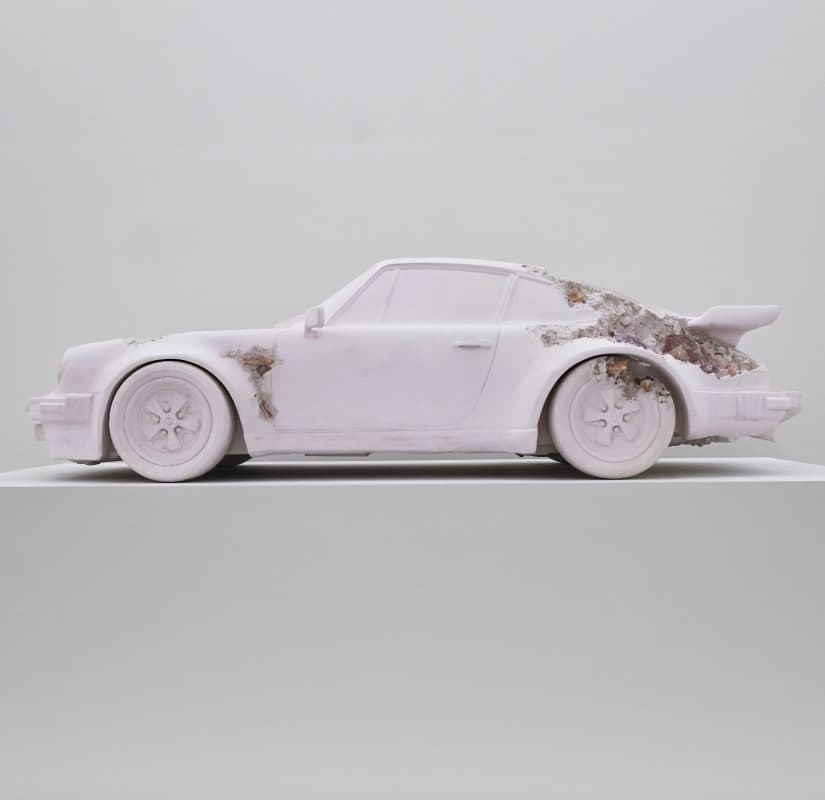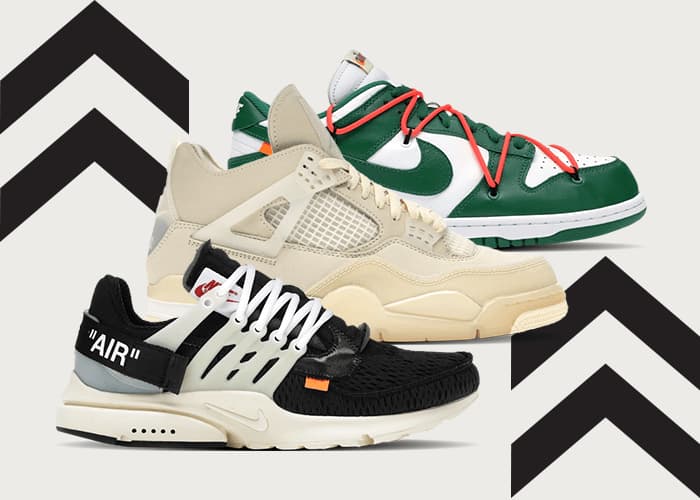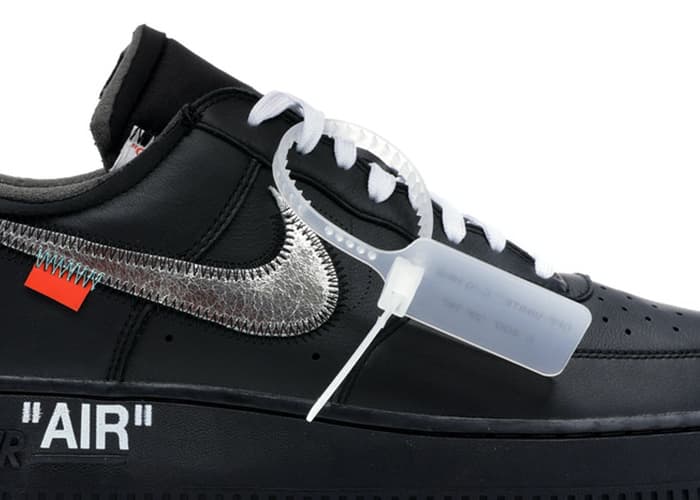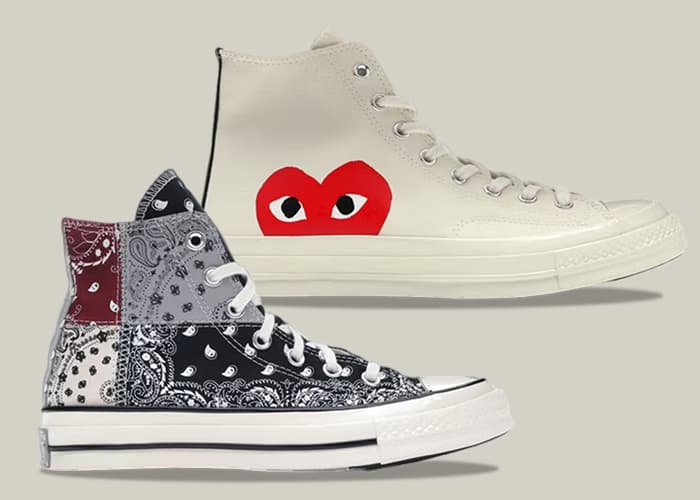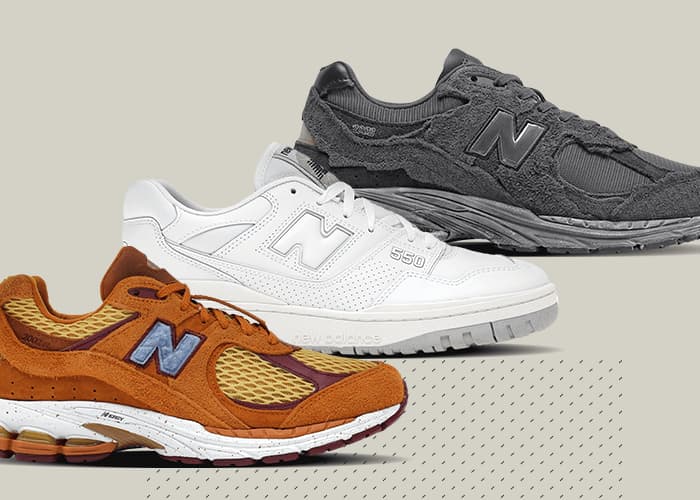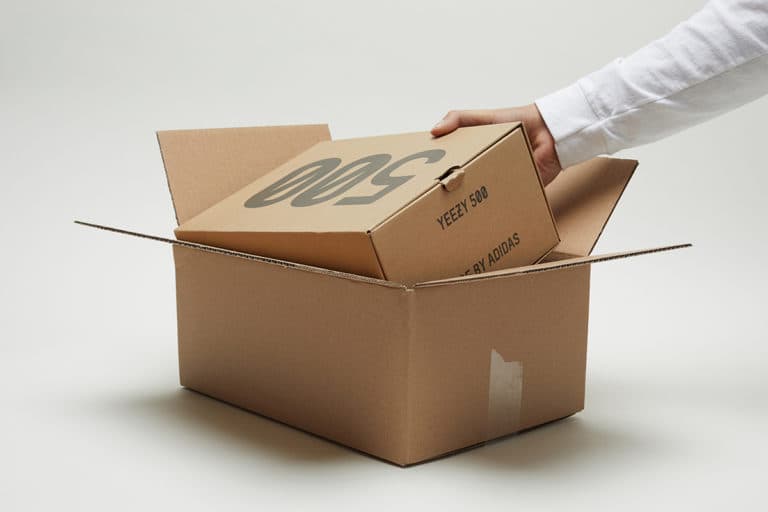Daniel Arsham is a contemporary artist whose work famously investigates the effect of time and perception on objects, spaces, ideas, and his audiences. Arsham is a leader in the latest generation of artists to break through from the art world into popular culture, exploding even further with accessible collectible pieces thanks to massive collaborations and unique releases.
We are thrilled to announce an official multi-year partnership with Daniel Arsham centered around supporting the next generation through arts education funding, amplifying rising artists and creating a model for equitable compensation through direct-to-consumer releases, and establishing a trusted secondary marketplace for Daniel Arsham products. To learn more about Daniel Arsham x StockX, check out the announcement of the partnership.
To gain a better understanding of Arsham’s work, process, and sources of inspiration we sat down with him at Library Street Collective ahead of his exhibition, Turning Wrenches in this edition of No Curator.
StockX: How would you describe your design process?
Daniel Arsham: I think design is really about finding a kind of intention in artworks. The end goal of that is a little bit more abstract.
So I think there’s a big difference in my thinking around what an artwork can do and mean versus something functional like a chair, or an object with a specific purpose. I sort of gather inspiration a lot through travel, research, and just paying attention. It sounds like kind of a simple thing, but I think watching people’s interaction with the world around them, kind of like the magic in the everyday, is somewhere that I’m constantly looking.
When did you begin to truly dedicate your efforts to your creative work full-time?
I started a kind of intentional dedication to my craft, I think. Coming out of high school, I went to school at Cooper Union in New York, and that was a decision that was really around finding a future in this sort of art universe.
What was the first eroded, crystallized sculpture you created, and how did that come to be?
The first sort of fictional archeological object that I made was a cast of a camera, a little over 10 years ago now. It was really this idea around pushing our own experience into this fictional future. Like if you could go a thousand years from now and witness the remains, the archeological relics of your own life, your own experience, and then it has continued and iterated on from that.
How has it changed over those 10 years? How did the process for creation change?
In terms of the change, a lot of it has to do with my skill level, right? The first cast that I made of a camera was created in volcanic ash. I remember I cast it and I came back the next day to the studio and it had sort of melted and disintegrated. And although these objects have the visual quality of decay, I don’t want them to continue to do that, right? They need to be fixed. So a lot of the advancement of my craft has been in experimentation and failure with the materials over time.
Your work has brought you to Detroit before, The Cranbrook show in 2019, The Beach also in 2019, the Library Street Collective redesign last year in 2020. How have things changed for you each time you come back to the city?
It’s been interesting to watch Detroit grow over the last five or six years that I’ve been coming here. For me it’s incredible. Snarkitecture, my design studio, designed this gallery [at Library Street Collective] and it’s really the first instance that I’ve been able to exhibit work inside of a space that we created. Obviously, the main gesture is this kind of portal at the front of the building.
I think that there’s a different energy here in Detroit. Obviously, this show is really around automotive culture, which is the former backbone of the city. But it feels like things are changing still here, every time I come.
It’s constantly evolving. I like how you said former backbone, too. What do you think the current backbone is?
I mean, it feels like things like StockX and, really it may just be who I’m surrounded with, but there’s a lot of artists here. There’s a lot of culture. I ran into people that recognize me at the coffee shop and they were like, “Thank you for doing this in Detroit.” I think there’s just a level of appreciation for culture here that feels new and there’s so much potential in it, which is really interesting coming from a place like New York which is obviously that’s so much part of the character of the city there.
Daniel Arsham – “Ash and Pyrite Eroded Mustang GT”, 2021
Volcanic Ash, Pyrite, Selenite, Hydrostone
72 x 27 x 20 inches
See more from Daniel Arsham on his Instagram.
See more from Library Street Collective on their Instagram.
Daniel Arsham – “Amethyst Eroded Pegasus Sign”, 2021
Amethyst, Quartz, Hydrostone
34.75 x 52 x 4.5 inches
See more from Daniel Arsham on his Instagram.
See more from Library Street Collective on their Instagram.
Daniel Arsham – “Quartz Eroded Gas Pump”, 2021
Quartz, Selenite, Hydrostone
70 x 45.25 x 21.25 inches
See more from Daniel Arsham on his Instagram.
See more from Library Street Collective on their Instagram.
Daniel Arsham – “Bronze Eroded DeLorean”, 2021
Bronze
64.75 x 27.5 x 35.5 inches
See more from Daniel Arsham on his Instagram.
See more from Library Street Collective on their Instagram.
Daniel Arsham – “Grey Selenite Eroded Porsche Poster”, 2021
Quartz, Selenite, Hydrostone
48 x 36.25 x 4 inches
See more from Daniel Arsham on his Instagram.
See more from Library Street Collective on their Instagram.
What excites you about this partnership?
Obviously, my work has been on StockX. I can only produce so much work, so there’s inherently going to be this kind of secondary market for it, especially within the editions. I started to talk with the folks at StockX, both about authentication and verification of my work, as well as about potential avenues for supporting artists and creatives at the beginning of their careers, whether that be through educational initiatives, through Cooper Union, or literally direct support for artists. I think they were very receptive to this idea of taking back some of the proceeds from the sale of those artworks and giving back to this community that has really built them.
What are the goals of partnerships like this for your work?
There are different levels of a partnership. Some of them, for me, have been collaborative efforts, things that I’ve done with adidas or Porsche. This work that I’m doing with StockX is a little bit different in that I’m really advising them on how to create a scenario where artists can actually benefit from StockX’s participation in this market. There is a gallery system that is set up, and when you’re a young artist trying to figure out how to show in a gallery, how to create an income for yourself off of your own work is challenging in the beginning.
I think that there’s a potential with a platform like StockX, where you can skip the middleman in a way. Artists can bring their work directly to an audience. It’s going to be a challenge to figure out exactly how to do that, but I think it’s been great to see that the team at StockX is really interested in creating that level of support. I think in some ways it has to do with the feeling here in Detroit about building and supporting, not only this community, but the artists in general.
Speaking of the size of the secondary, what do you think is the purpose of a secondary marketplace for art?
I mean, inherently, as I said, I can only make so much work. So all of the pieces in here are literally individual one of one works, and some of them could take up to a year to produce in the studio. I started making the edition-based work because I wanted to engage with an audience that was wider, right? Global. And also, people who don’t have this kind of resources or space to place these works.
So I started out with a series called Future Relic, which was a multi-part edition. And those were editions of 500, they would sell through quickly, and there obviously were more people who wanted them than I could ever make. So part of it is around giving access to people who want to build the set or build the collection. It’s kind of a supply and demand thing. For me it’s really just about the amount of objects that I can produce inherently is just limited based on my time.
To that end, do you find a distinction between art and your products?
In the beginning, when I did collaborations with adidas, or Porsche, or Dior, I think that maybe there was some hesitation from some of my bigger collectors in this universe who had the position of, “How can you allow this brand or this entity to use your work, to sell these products?” And my position was that they have such a massive reach. They are speaking to people who are not in the art world, and I’m actually using their platforms to reach this much wider audience and not trick them, but bring art into their everyday life through a medium and a vehicle that they otherwise would not have found.
I think that the editions intertwine with that. And it’s nothing new. I mean, artists from the sixties like Warhol were creating works that engaged with people’s everyday experiences. Advertisements and consumer culture. Warhol was obviously famous for creating artwork out of the medium of everyday life.
I’m curious, what it looks like 10 years from now. Nostalgia is a big theme right now, especially in your work. As younger generations make it into art, how do you think it evolves?
I mean, for me, within my own group of work, there’s multiple different areas of interest. This kind of fictional archeology area is one, there’s a whole series of paintings that I’ve been making, which touch on other concepts. And then a body of work that actually manipulates architecture, like manipulates the surface of walls with clocks moving and figures. So I think for me moving forward in the next decade, there’s all of these different areas that I can iterate within, and maybe some new stuff as well.
Do you feel like one area makes more attention than others? How does your inspiration balance between those three?
Yeah. I mean, I meander through these different mediums and concepts. Typically for these kinds of fictional archeology exhibitions, I’ve concentrated on one particular area of focus. So I’ve done shows that were around sports or around music and being that we’re in Detroit, this idea around Motor City [for Turning Wrenches], engaging with this automotive history and my personal interest in these cars.
What do you hope young artists get out of the Daniel Arsham x StockX partnership?
I think one of the big things for me in my own charitable work is around artist support in college. I went to a school that I had a full-tuition scholarship, and that was the primary reason that I was able to go to school in New York, and study with these amazing professors and artists. So we’ve created a scenario where profits from the resale of my work on StockX are going to be pushed back into the artist community through support for education at Cooper Union. I’ve supported Cooper when I could, after I graduated. But I think this is going to be a massive push at a time when a lot of those students need direct support in order to continue this arts education.
To learn more about the Daniel Arsham x StockX partnership, click here.


